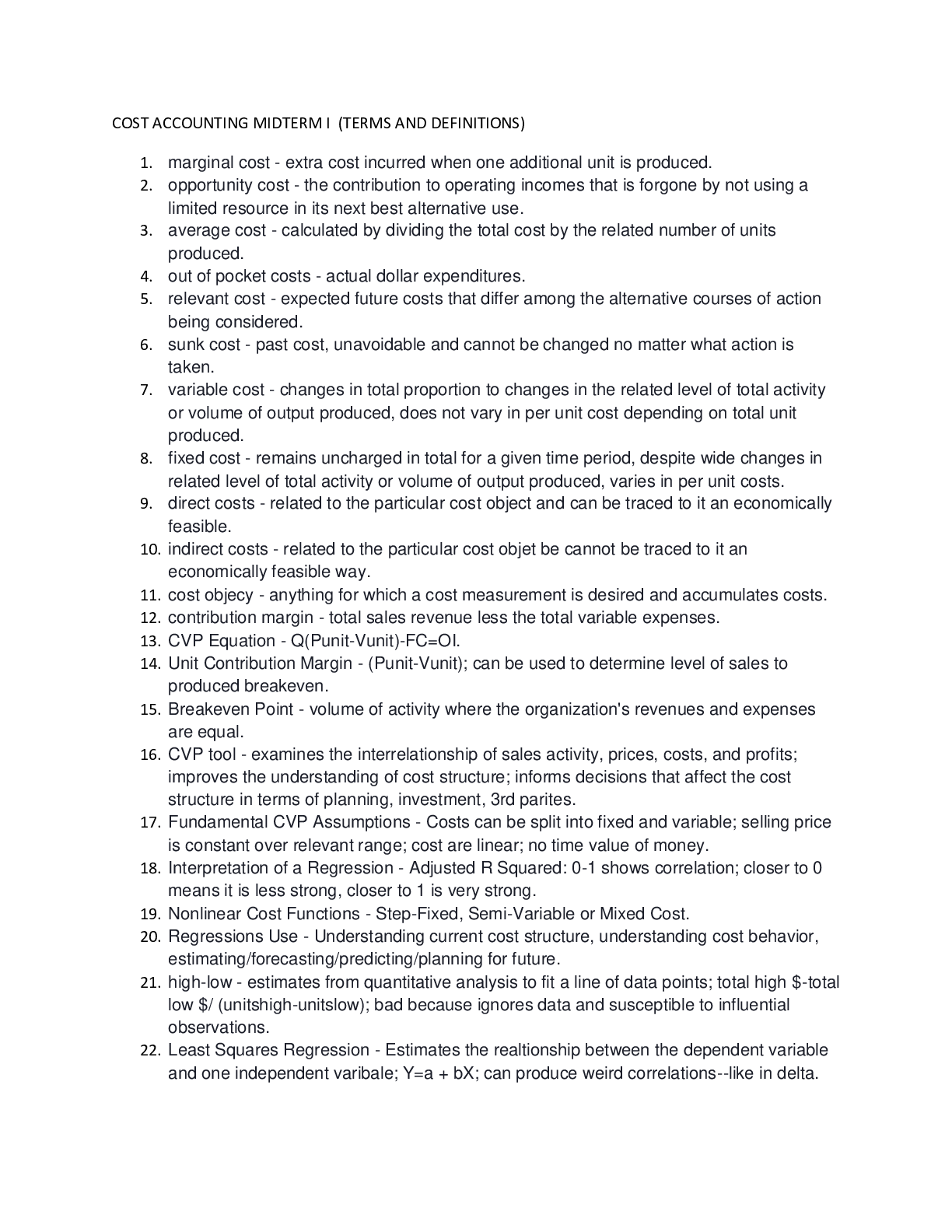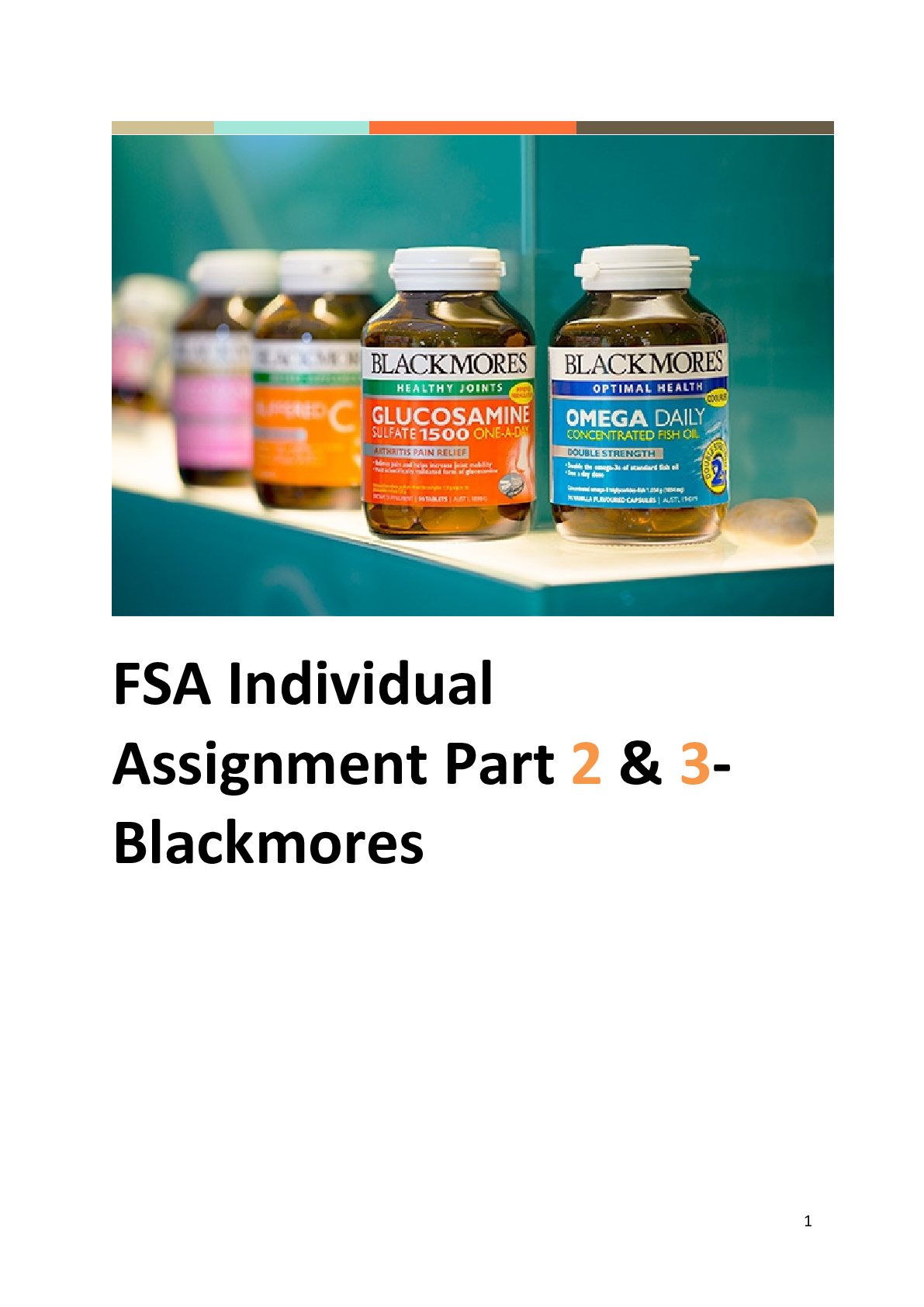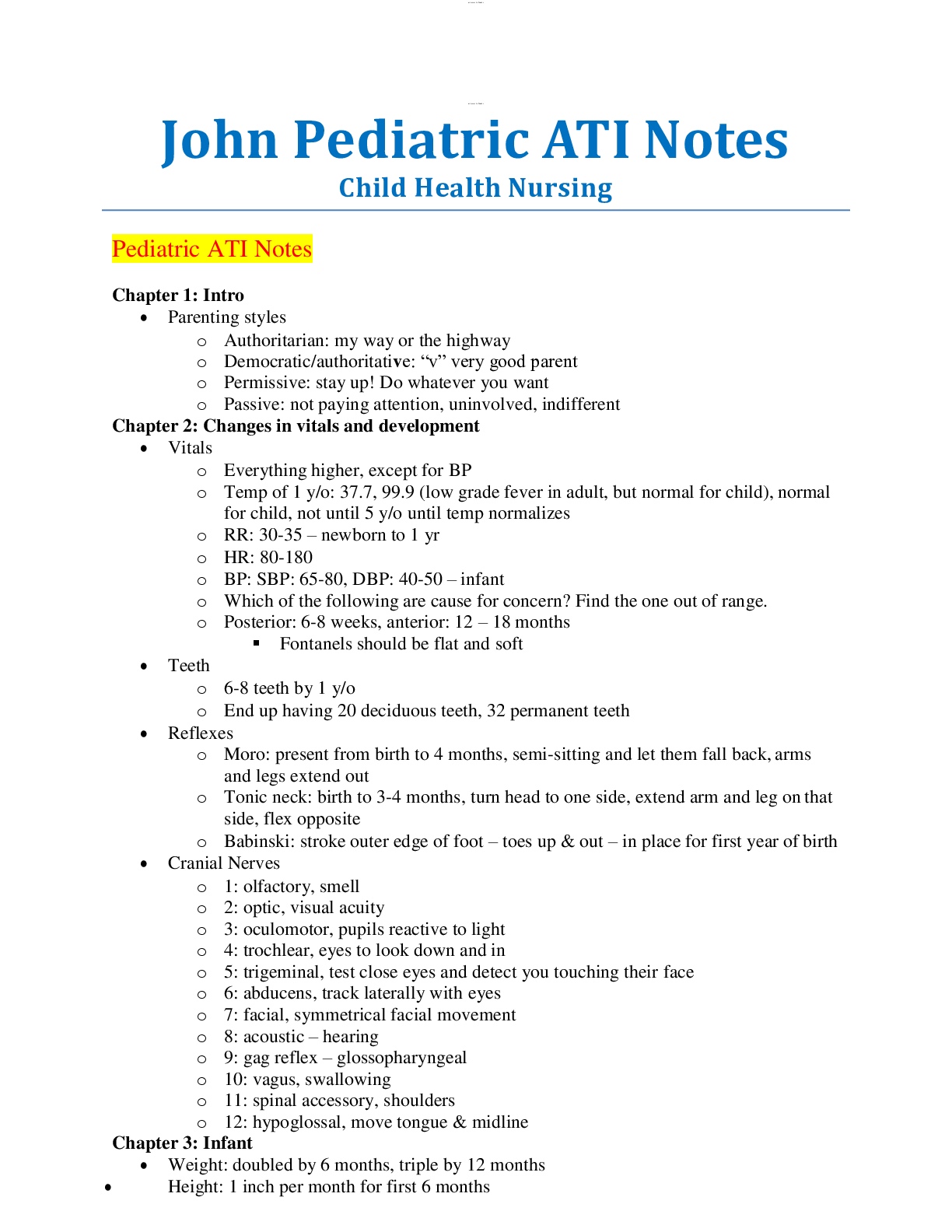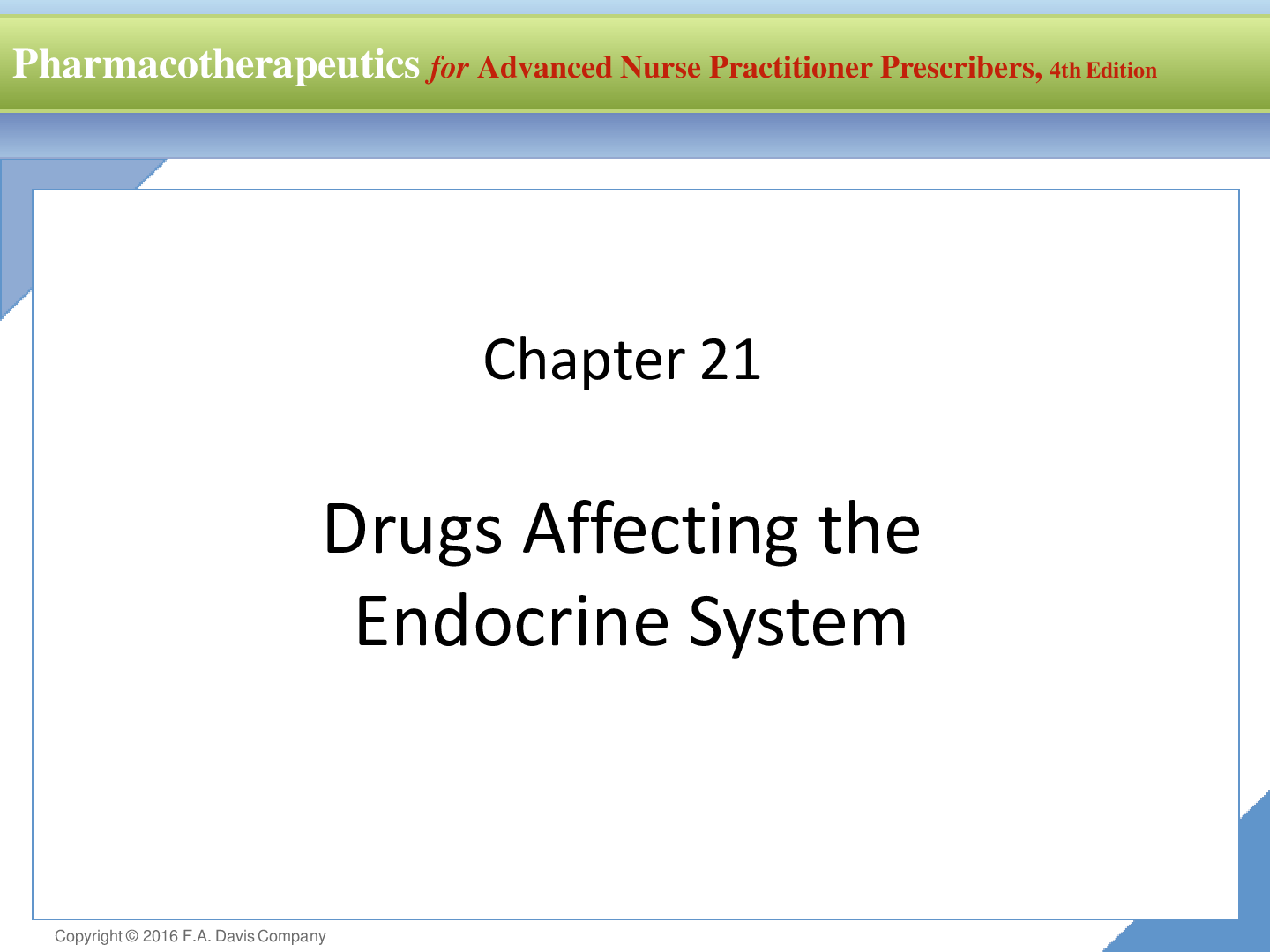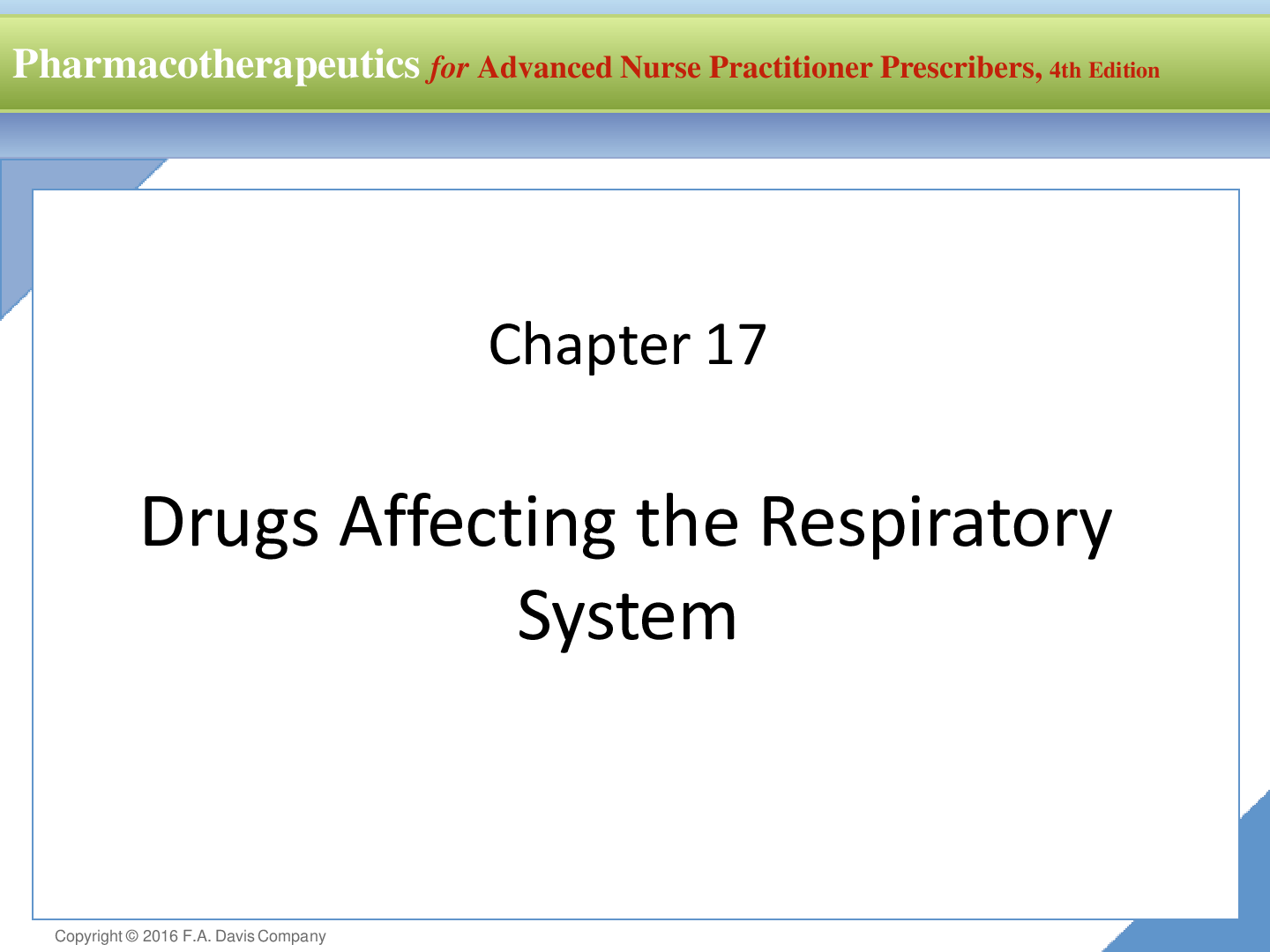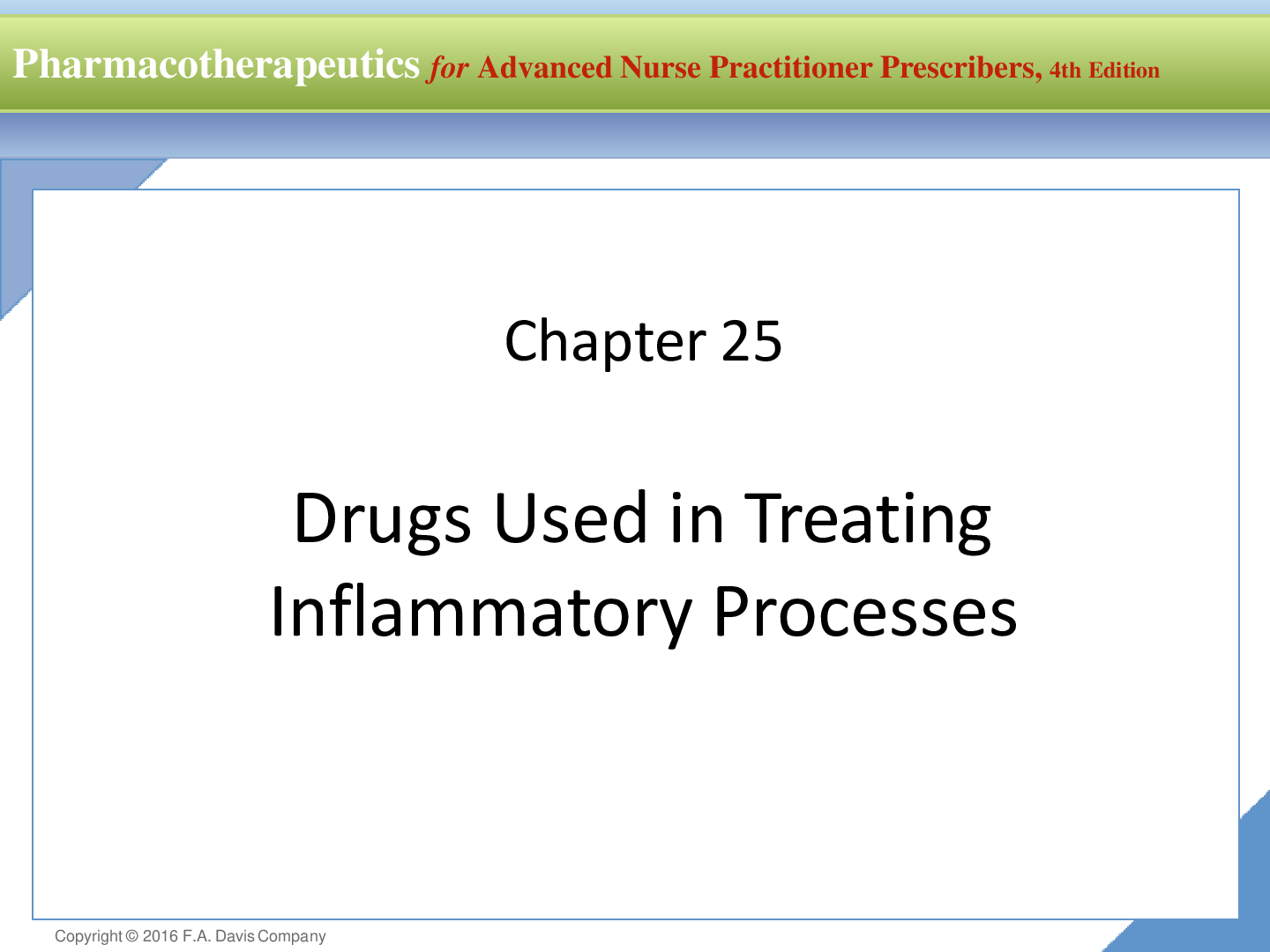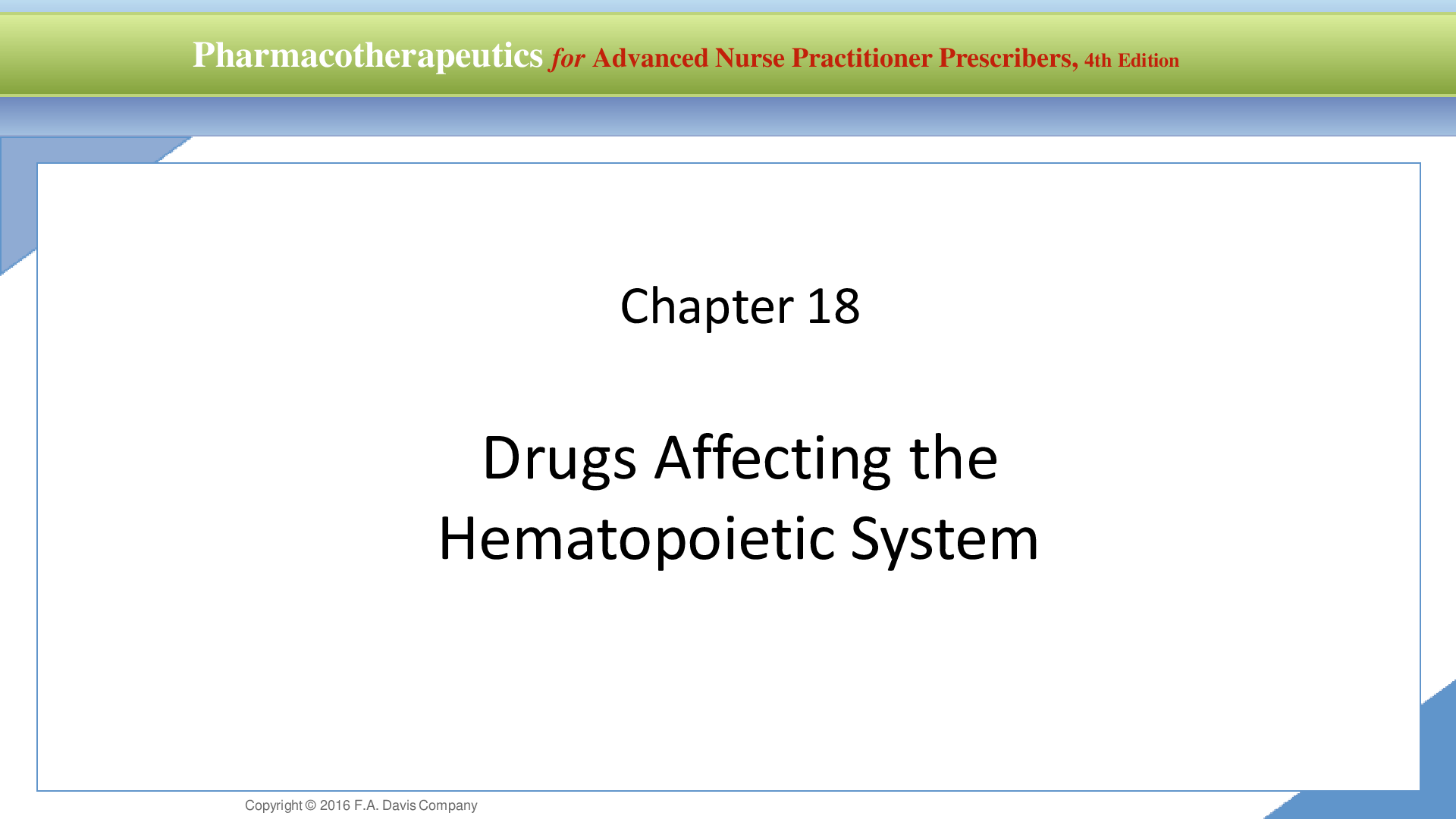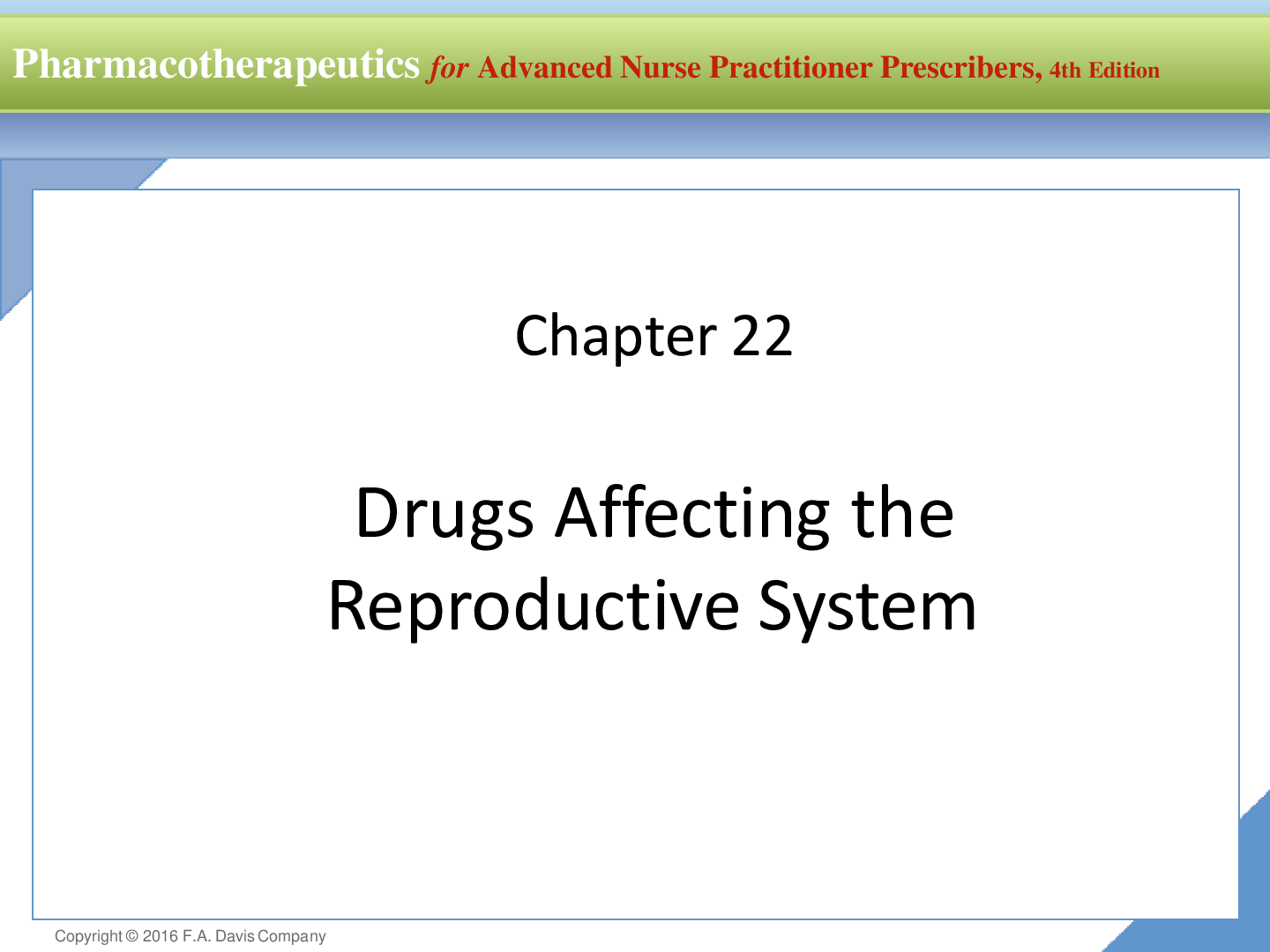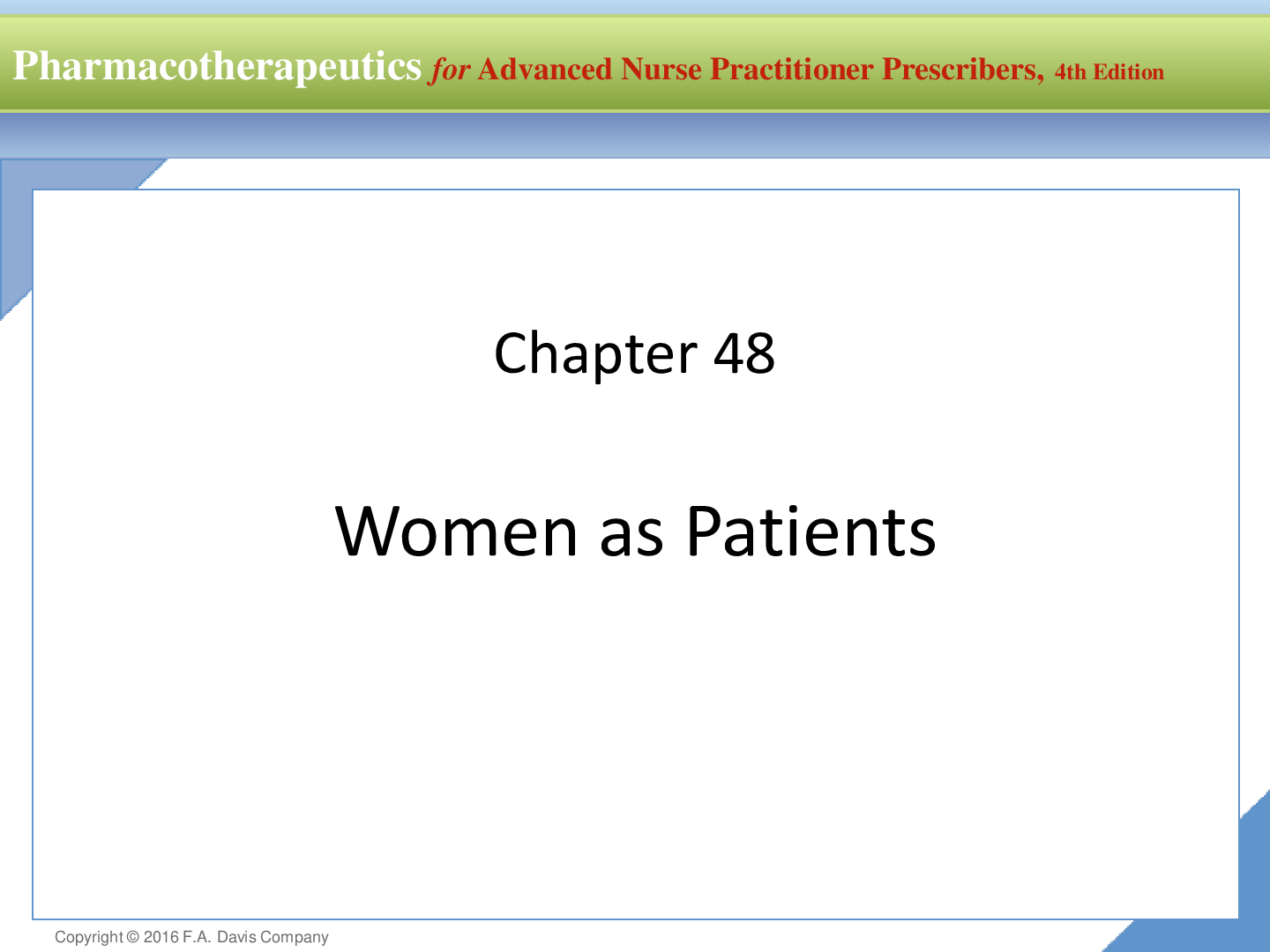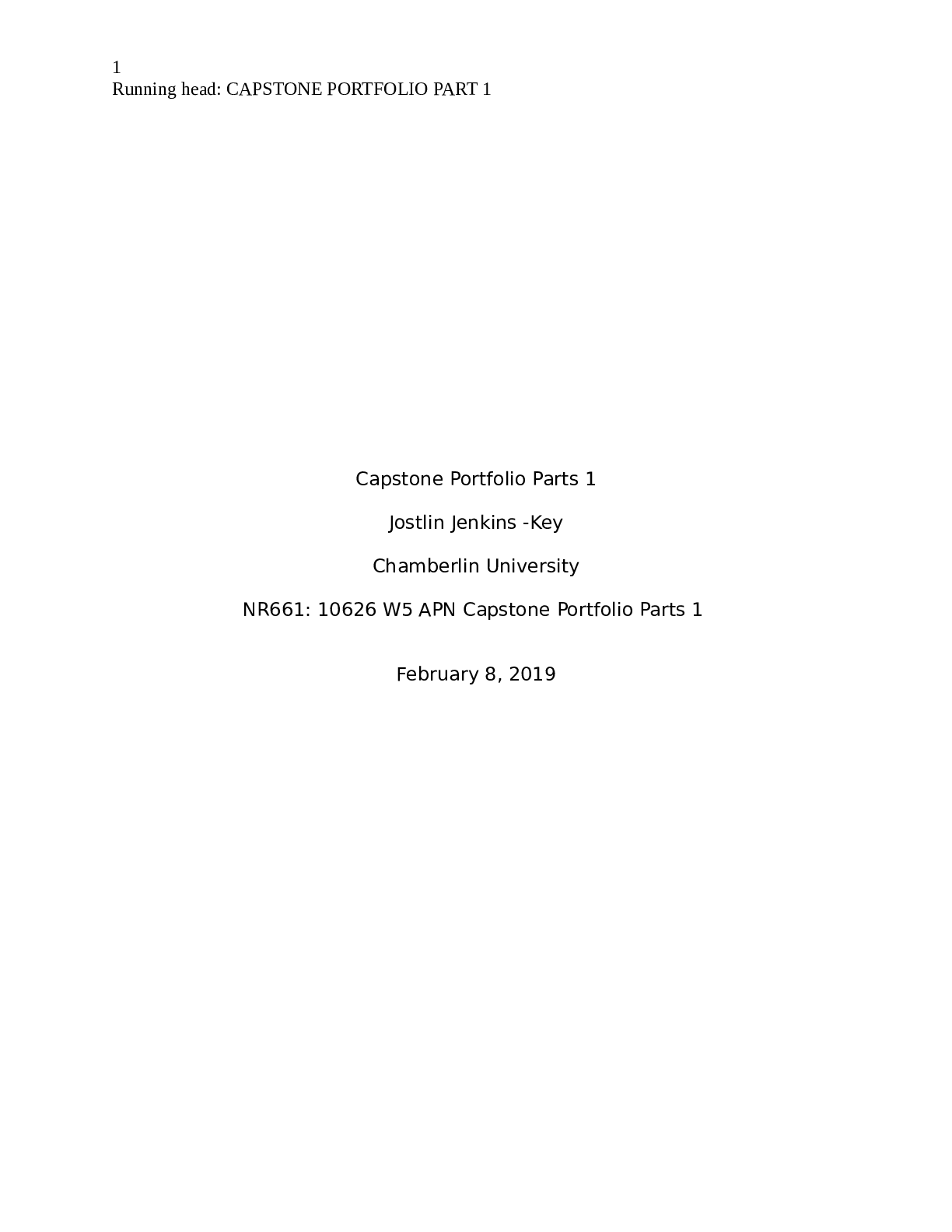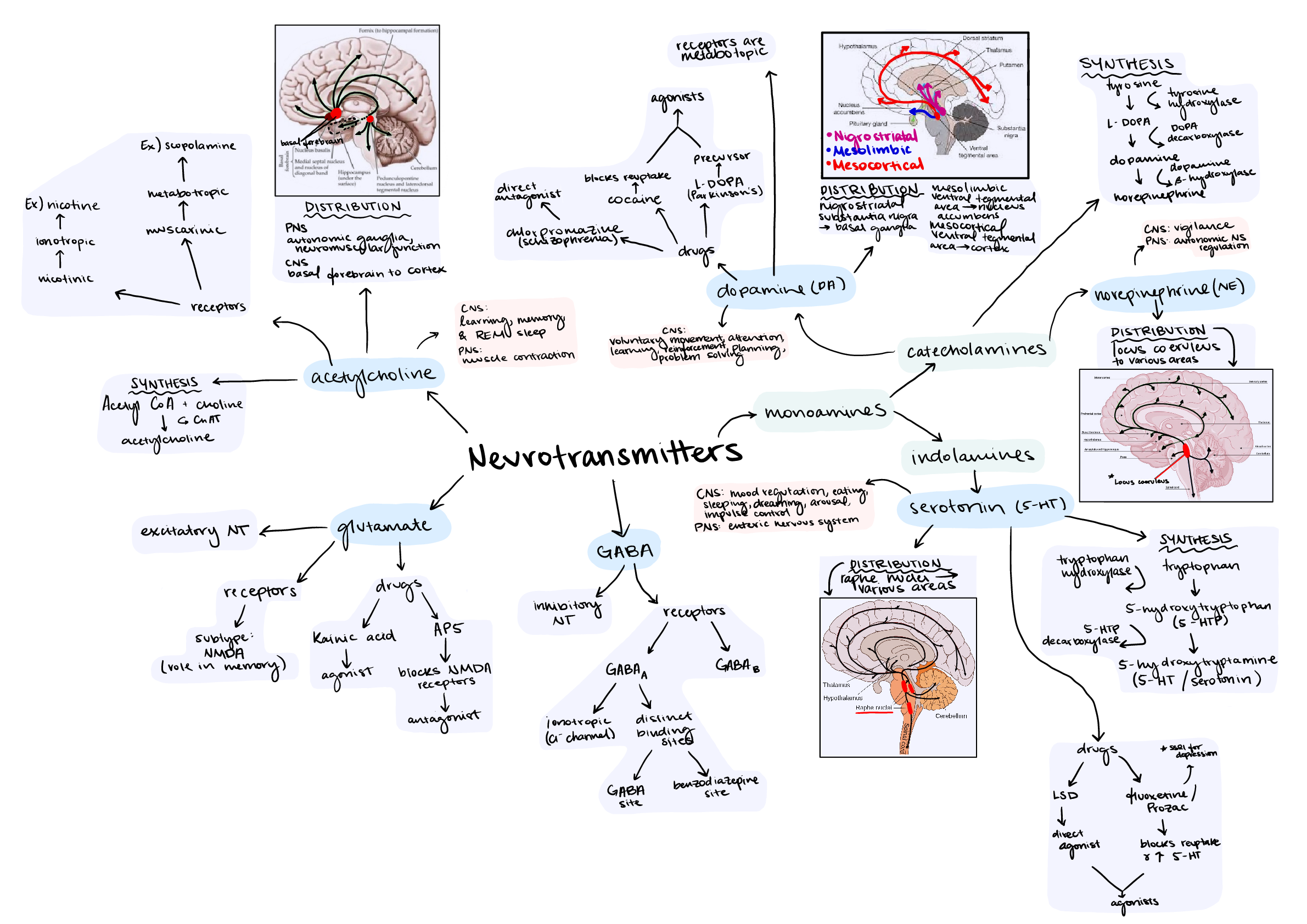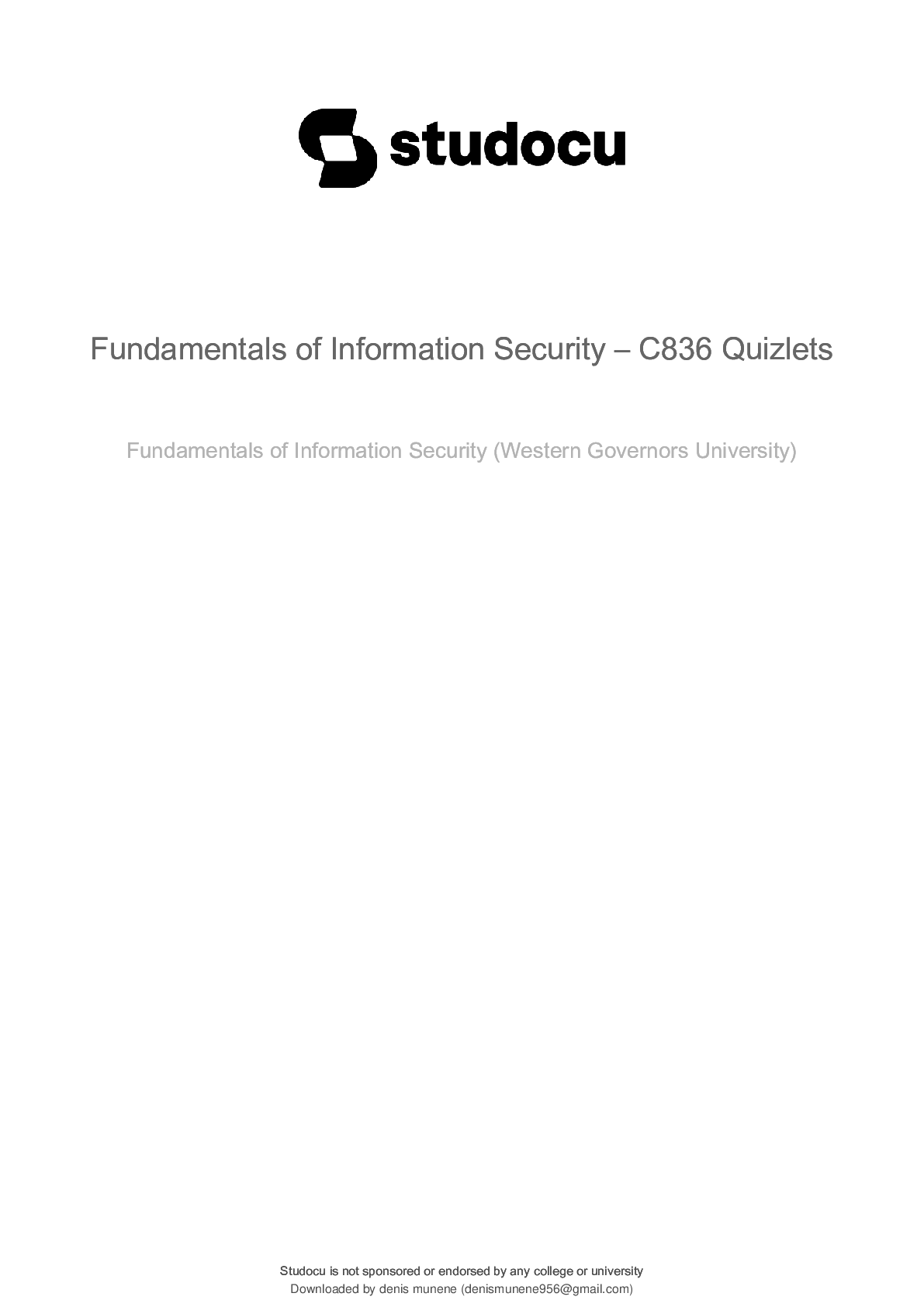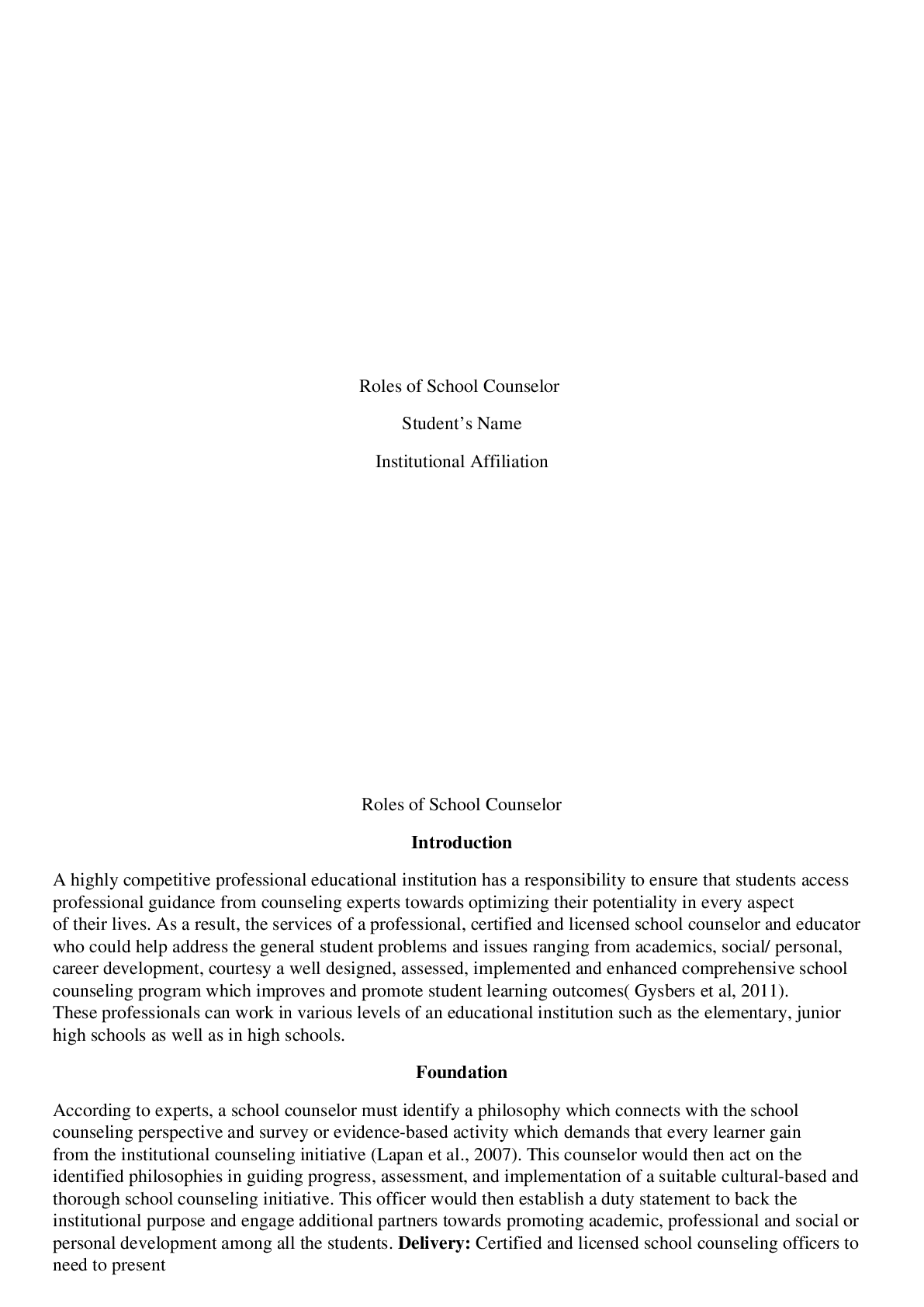Pathophysiology > Class Notes > Pathophysiology Notes: Modules 1, 2, & 3 (All)
Pathophysiology Notes: Modules 1, 2, & 3
Document Content and Description Below
Module 1 Chapter 2: Homeostasis, Allostasis, and Adaptive Responses to Stressors Homeostasis & Allostasis Homeostasis: Remaining stable while staying the same A state in which all systems... are in balance A state of equilibrium An ideal “set point” despite alterations within the body Allostasis: Ability to successfully adapt to challenges Intricate regulatory processes orchestrated by the brain A dynamic process that maintains or re-establishes homeostasis in light of environmental and lifestyle changes Stress As A Concept Physical, chemical, or emotional factor resulting in tension of body or mind Actual physical and mental state that tension produces Real or perceived threat to homeostasis Direct consciously or indirect unconsciously sensed threat to the stability of the organism Physical, chemical, or emotional factor resulting in tension of body or mind Actual physical and mental state that tension produces Real or perceived threat to homeostasis Direct consciously or indirect unconsciously sensed threat to the stability of the organism General Adaptation Syndrome (GAS) (Selye) Three stages: Alarm, resistance/adaption, and exhaustion Alarm stage: fight-or-flight response as the result of stressful stimulus Hypothalamic-pituitary-adrenal (HPA) axis Resistance/adaptation: activity of the nervous and endocrine systems in returning the body to homeostasis Allostatic state: activity of various systems attempting to restore homeostasis Exhaustion: point where body can no longer return to homeostasis Allostatic overload: “cost” of body’s organs and tissues for an excessive or ineffectively regulated allostatic response; effect of “wear and tear” on the body Fig. 2-2; P. 15 P. 16 Stressors Agents or conditions that can produce stress; endanger homeostasis May be external or internal External examples: school, work, life event (wedding) Internal examples: cancer, child birth/pregnancy Physical, chemical, biological, social, cultural or psychological Physical: hand injury Social: standing in front of a class Cultural: acceptance/ability to practice Vary in scope, intensity, and duration Reactions to stress vary depending upon genetic constitution, gender, past experiences, cultural influences, developmental stage, and age Past experience: a child afraid of a playground b/c he was previously abused there Can include both negatively and positively perceived events Risk Factors: Not stressors, but conditions or situations that increase the likelihood of encountering a stressor; there is some control over our stressors Neurohormonal Mediators of Stress & Adaption Catecholamines Play an integral role in allostasis Symphathico-adrenal system response mediates the fight or flight response Examples: Norepinephrine and epinephrine Norepinephrine Constricts blood vessels and raises blood pressure Reduces gastric secretions Epinephrine Enhances myocardial contractibility, increases heart rate, and increases cardiac output Causes bronchodilation Increase the release of glucose from the liver (glycogenolysis) and elevates blood glucose levels Adrenocortical Steroids Critical to maintenance of homeostasis May synergize or antagonize effects of catecholamines Examples: Cortisol and aldosterone Cortisol Primary glucocorticoid Affects protein metabolism Promotes appetite and food-seeking behaviors Had anti-inflammatory effects Too much cortisol over time can lead to pro-inflammatory effects Aldosterone (secreted by the adrenal cortex) [Show More]
Last updated: 1 year ago
Preview 1 out of 13 pages
Instant download
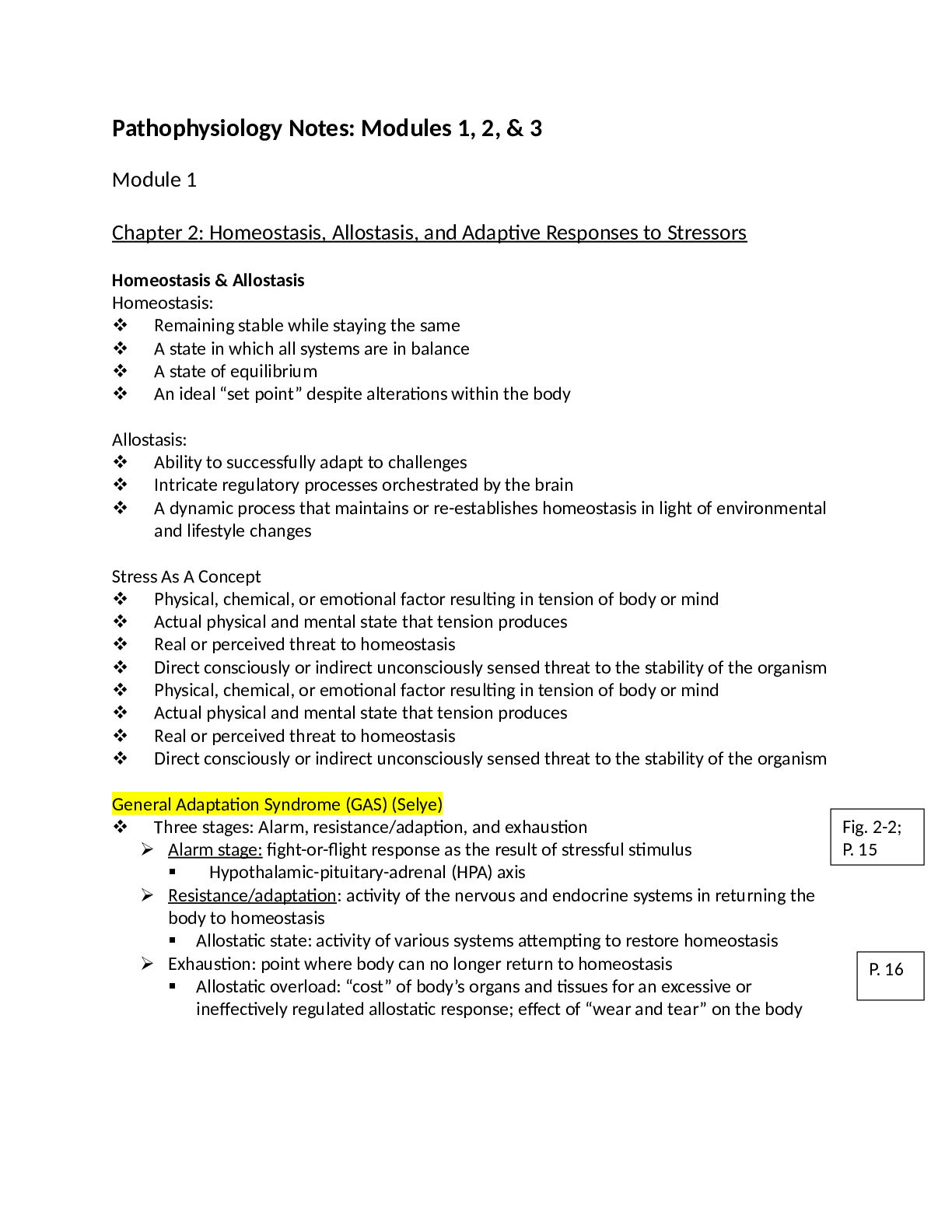
Instant download
Reviews( 0 )
Document information
Connected school, study & course
About the document
Uploaded On
Aug 17, 2021
Number of pages
13
Written in
Additional information
This document has been written for:
Uploaded
Aug 17, 2021
Downloads
0
Views
87

